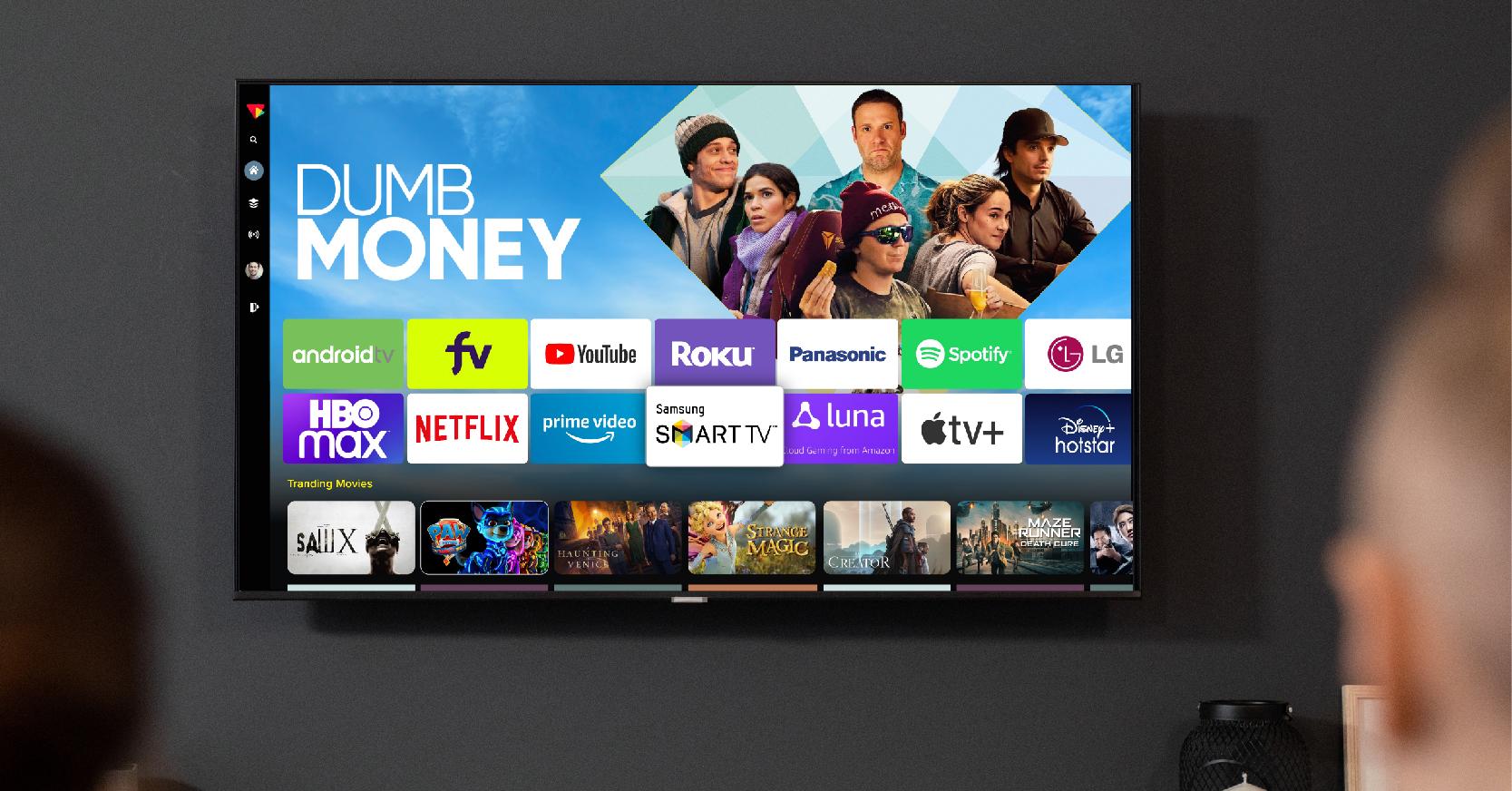An Unbiased View of Apollo Group Tv
An Unbiased View of Apollo Group Tv
Blog Article
9 Simple Techniques For Apollo Group Tv
Table of ContentsSome Known Details About Apollo Group Tv Fascination About Apollo Group TvThe Definitive Guide for Apollo Group TvFacts About Apollo Group Tv Uncovered
In this circumstance, as opposed to having three-minute industrial places throughout a 30-minute tv program, television programming might transform to one where a consumer will be needed to have a monthly registration, so that they cen sight targeted banner ads. This sort of marketing currently takes place on the internet, and the amount of information television companies collect allows them to do a lot the exact same.Explain the influence of enrollers on program web content. Explain the significant fads among the broadcasting and cord networks. When tv was in its infancy, producers modeled the new medium on radio. Popular radio reveals such as police dramatization Dragnet and western cowboy series Gunsmoke were adjusted for television, and brand-new TV shows were funded by single marketers, simply as radio shows had been.
Today, the television market is far extra complicated. Programs are funded by numerous marketers; programming is regulated by major media empires; and the three major networks no much longer control the airwaves but rather share their viewers with various cord channels. Several variables represent these trends within the sector, including technological growths, federal government guidelines, and the creation of new networks.

What Does Apollo Group Tv Mean?
Established in 1969, (PBS) created out of a record by the Carnegie Compensation on Educational Television, which analyzed the duty of educational, noncommercial tv on society. Public tv was also planned to offer global access to tv for customers in rural locations or audiences who can not manage to pay for private tv services.
The period between 1950 and 1970 is traditionally recognized as the. Aside from a tiny portion of airtime controlled by public television, the 3 significant networks (referred to as the Big Three) dominated the tv industry, jointly representing greater than 95 percent of prime-time viewing. In 1986, Rupert Murdoch, the head of international company Information Corp, launched the Fox network, challenging the supremacy of the Big Three.
Targeting young and minority target markets with programs such as Buffy the Vampire Killer, Moesha, Dawson's Creek, and The Wayans Bros., the brand-new networks wished to draw stations away from their old network affiliations. However, as opposed to repeating the success of Fox, UPN and WB had a hard time to make an impact. Incapable to bring in numerous affiliate stations, the two recently established networks reached fewer families than their bigger competitors because they were inaccessible in some smaller cities.
This choice paved the means for the advancement of cable television film channels, adding to the rapid development of cable in the 1980s and 1990s. apollo group tv. More deregulation of cable television in the 1984 Cable Communications Plan Act got rid of constraints on cable prices, making it possible for drivers to charge what they wanted for cable solutions as long as there worked competition to the solution (a criterion that over 90 percent of all cable markets can meet)
All about Apollo Group Tv

Having actually developed the initial "superstation," Turner increased his world by founding 24-hour information network CNN in 1980. At the end of the year, 28 national shows services were available, and the cable revolution had begun. Over the next years, the sector went through a period of rapid development and popularity, and by 1994 customers can select from 94 fundamental and 20 premium cable television solutions.
Figure 9 - https://www.awwwards.com/apollogtv01/.16 Enhanced competition from cord networks has actually created a steady decline in the networks' target market ratings. Throughout the 1950s, the price of producing a solitary tv program boosted as programs became longer and manufacturing costs skyrocketed. Sponsorship on network tv moved from single sponsorship, in which a program was completely supported and produced by one marketer, to numerous sponsorship, in which advertisers purchased 1- or 2-minute areas on the show
Choose one of the Big Four networks and print out its regular programs timetable. See the network's prime-time programs over the course of a week, noting the target market from this source for each program.
The smart Trick of Apollo Group Tv That Nobody is Discussing

Straight TV, often described as conventional broadcast TV, encompasses cable television and satellite tv. It's called "linear" because content complies with a fixed programming schedule, unlike on-demand material which the private customer determines to see based upon their own preferences and timetable. So, when you ask, "What is linear TV?", consider it as the classic method of viewing television that has been around for decades.
Report this page